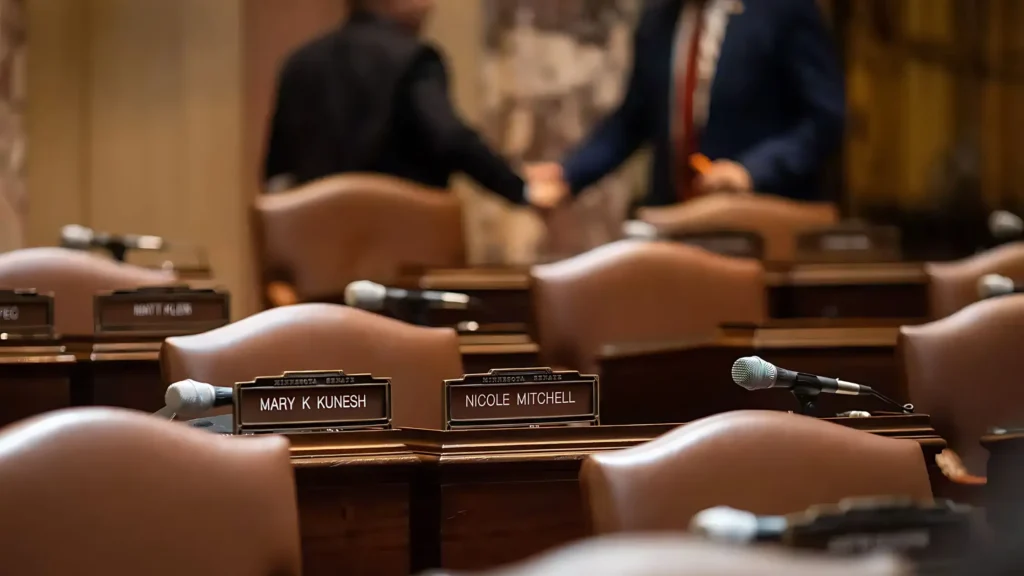In a groundbreaking move to foster a more competitive and dynamic labour market, the Federal Trade Commission (FTC) has recently issued a final rule to prohibit noncompete agreements nationwide. This monumental decision aims to safeguard the fundamental freedom of workers to transition between jobs, stimulate innovation, and cultivate the emergence of new enterprises.
The Detrimental Impact of Noncompete Clauses
Noncompete clauses have long been recognized as a hindrance to economic progress, stifling wage growth, impeding the exchange of innovative ideas, and constraining entrepreneurial endeavours. FTC Chair Lina M. Khan emphasized the adverse effects of noncompete, asserting that they “keep wages low, suppress new ideas, and rob the American economy of dynamism.”
Quantifying the Benefits of the Final Rule by FTC
The FTC’s final rule banning noncompete is poised to catalyze substantial positive transformations across various economic dimensions:
- Business Formation and Innovation
The FTC estimates a significant surge in new business formations, projecting a remarkable annual increase of 2.7%, translating to over 8,500 additional startups per year. Furthermore, this regulatory intervention is anticipated to stimulate innovation, potentially yielding between 17,000 to 29,000 additional patents annually over the next decade.
- Economic Prosperity for Workers
Workers stand to gain substantially from the prohibition of noncompete, with estimated earnings poised to rise by an average of $524 per year for the typical worker. Additionally, the rule is expected to alleviate the financial burden on workers by reducing healthcare costs by up to $194 billion over the next ten years.
- Enhanced Labor Market Mobility
By nullifying existing noncompete for the majority of workers, the final rule empowers individuals to pursue career transitions without undue constraints. This newfound mobility is crucial for facilitating efficient labour market matching and fostering a more dynamic workforce.
Implications and Implementation of the Final Rule
Scope of Enforcement
Under the final rule, existing noncompete for senior executives, comprising less than 0.75% of the workforce, may remain in effect. However, employers are explicitly prohibited from entering into or enforcing new noncompete agreements, even for senior executives. Employers are mandated to provide notice to affected workers, assuring them that noncompete will not be enforced against them.
Public Engagement and Regulatory Process
The FTC’s decision to ban noncompete followed an extensive public engagement process, including a 90-day comment period during which over 26,000 comments were received. The overwhelming majority of comments voiced support for the proposed ban, underscoring the public’s recognition of the detrimental impact of noncompete agreements on the economy.
Compliance and Reporting Mechanisms
To facilitate compliance with the final rule, the FTC has streamlined the process by eliminating the requirement for formal modification of existing noncompete. Instead, employers are mandated to provide notice to affected workers, thereby simplifying the implementation process. Market participants are encouraged to report any suspected violations of the rule to the Bureau of Competition for appropriate action.
Alternatives to Noncompete
The FTC recognizes that employers have viable alternatives to noncompete agreements that enable them to safeguard their interests without unduly restricting workers’ mobility. These alternatives include leveraging trade secret laws, implementing non-disclosure agreements (NDAs), and competing on the basis of merit by offering competitive wages and favourable working conditions.
Conclusion: A New Era for Labor Market Dynamics
In conclusion, the FTC’s final rule banning noncompete heralds a new era for labour market dynamics characterized by enhanced competition, increased innovation, and greater economic prosperity for American workers. By prioritizing the fundamental freedom of individuals to pursue career opportunities and entrepreneurial ventures, this regulatory intervention lays the foundation for a more vibrant and resilient economy.








